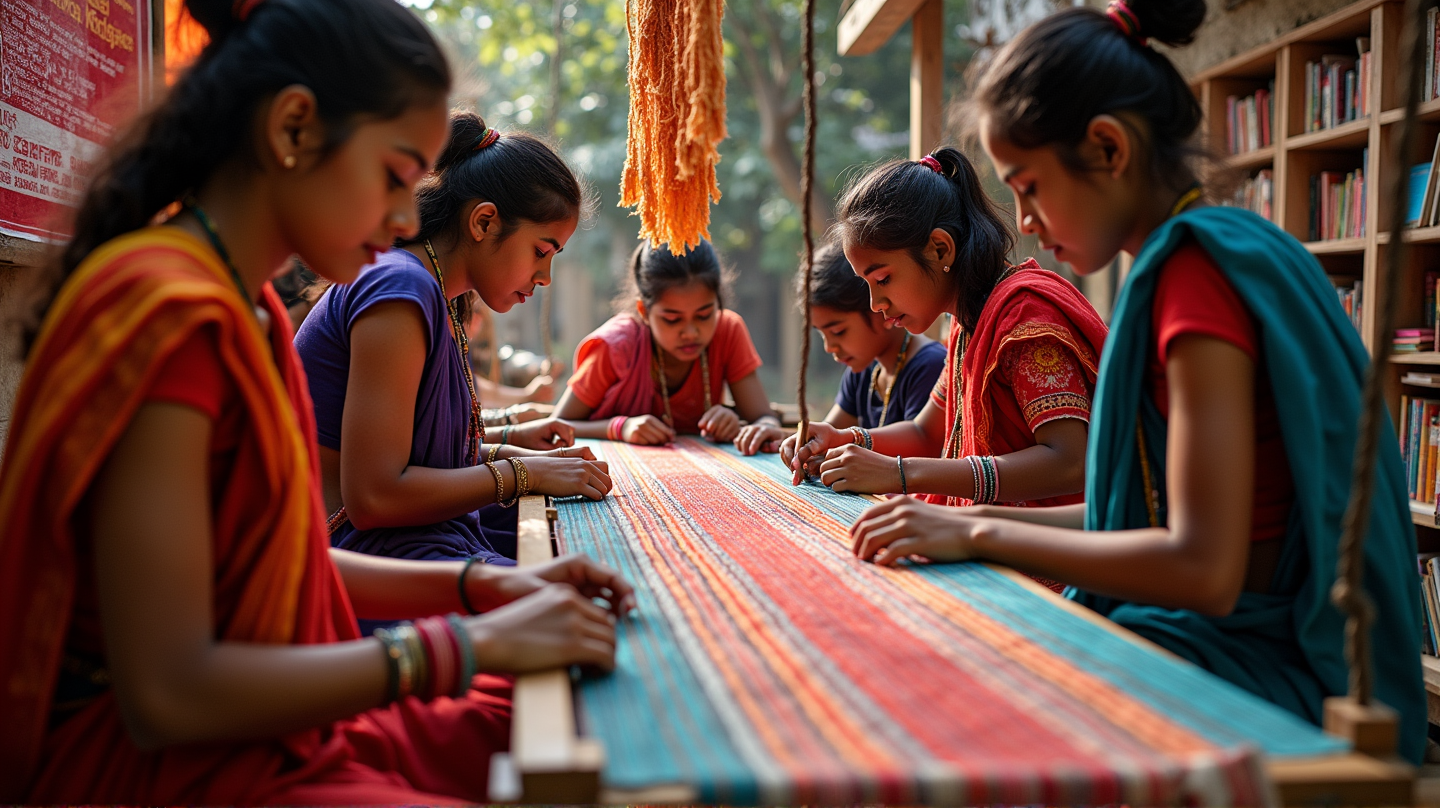A Bold Step to Empower Future Artisans: Delhi Govt's New Financial Boost
The Delhi government takes a monumental leap to revitalize the handloom sector by proposing a substantial financial increase for aspiring artisans.

The Delhi government has made a commendable move to bolster the educational journey of students pursuing handloom training at the prestigious Indian Institute of Handloom Technology (IIHT) in Jodhpur. This initiative is not merely a financial alteration; it’s a profound commitment to nurturing the future custodians of India’s rich handloom legacy.
A Strategic Investment
As per the latest proposal, the financial assistance given to students is set to increase five-fold. This isn’t just a superficial change in figures; it’s a deep-seated investment in both the present youth and the future of India’s traditional crafts. Industries minister Manjinder Singh Sirsa emphasized this strategic endeavor as crucial for the empowerment of these students. The existing stipend of Rs 400 per month is expected to rise to Rs 2000, giving students leverage to complete their training with dignity.
Enhancements in Educational Support
The proposed plan also covers a remarkable increase in the educational book/tour allowance from Rs 1000 to Rs 5000 per student annually for second and third-year students. This increased support is aimed at mitigating the financial strain of educational materials and tours, thereby enriching the learning experience of these budding artisans.
The Rationale Behind the Proposal
According to an official statement, the motivation behind the rise is clear. Since the current rates have remained unchanged since 2009-10, the cost of study materials and tours has surged, necessitating this enhancement. This conscious decision shows the government’s active participation in crafting a brighter future for its students.
Long-overdue Change
This funding boost is arguably long overdue and has been recognized as a necessary step for the continued success and modernization of the traditional crafts sector. As stated in Times Now, with the execution beginning in the academic session 2025-26, the government portrays a forward-looking vision to ensure these practices don’t just survive but thrive in modern society.
Anticipated Outcomes
By investing in these students, the Delhi government not only preserves a rich cultural history but also promotes economic independence and empowerment among young artisans. It’s a pragmatic solution to both preserve art and equip individuals with sustainable opportunities.
In essence, this proposal signifies more than financial assistance; it’s a beacon of hope, promising transformation in the educational and artisan sectors. Let’s look forward to a session in 2025-26 that shapes resilient artisans for a progressive tomorrow.





